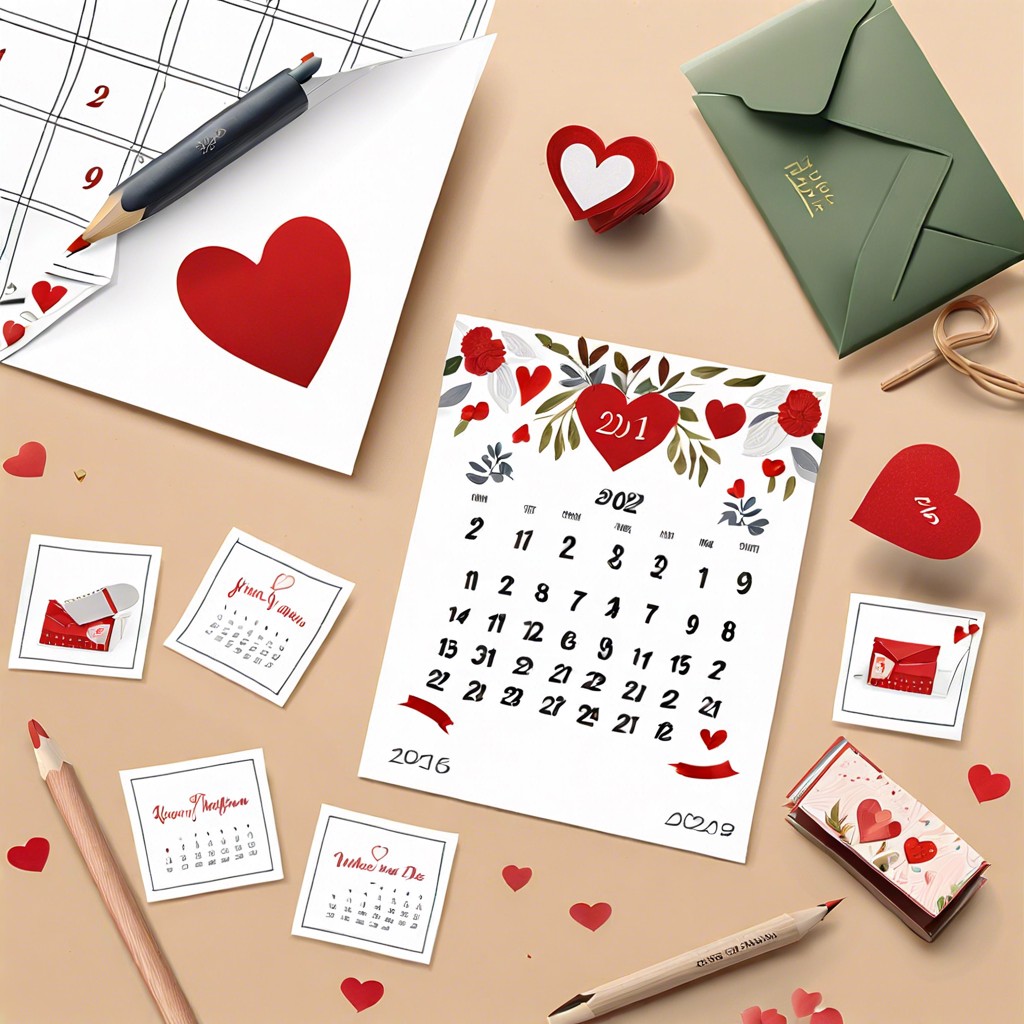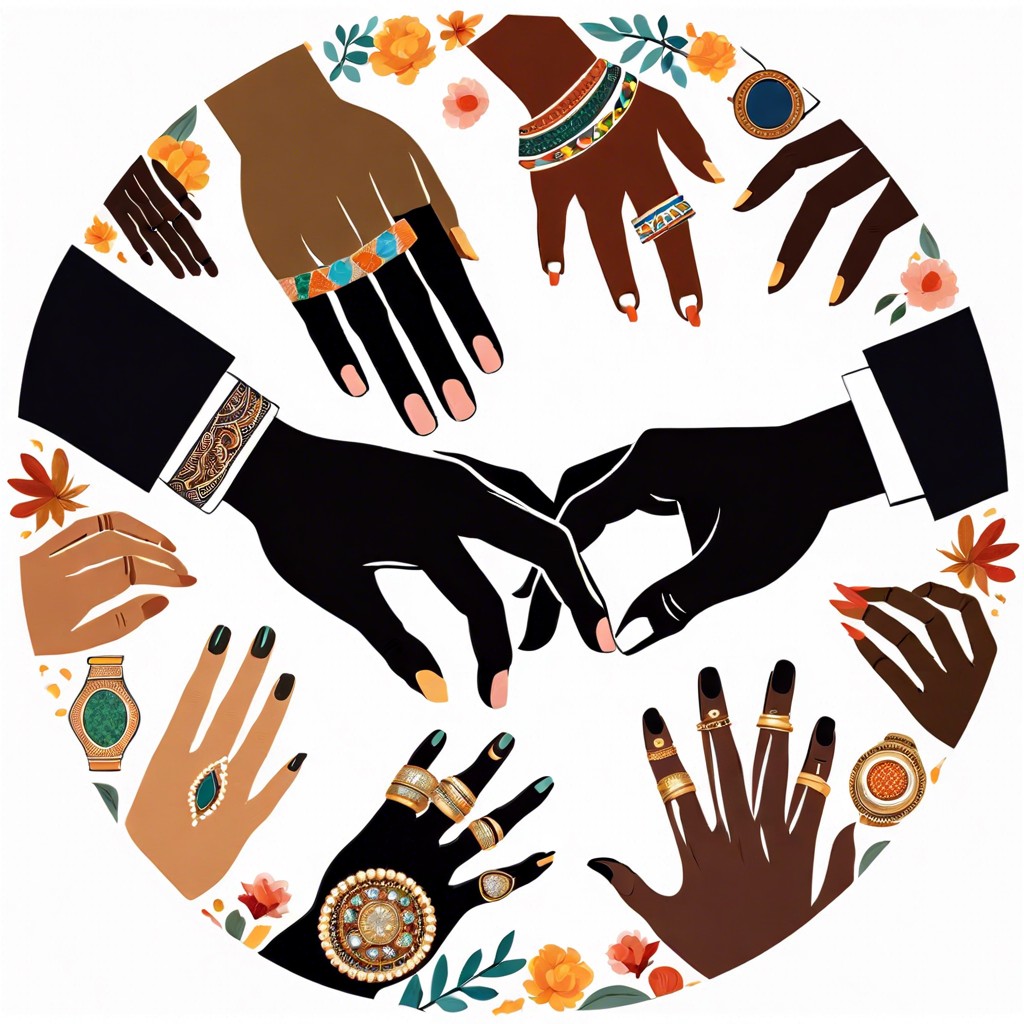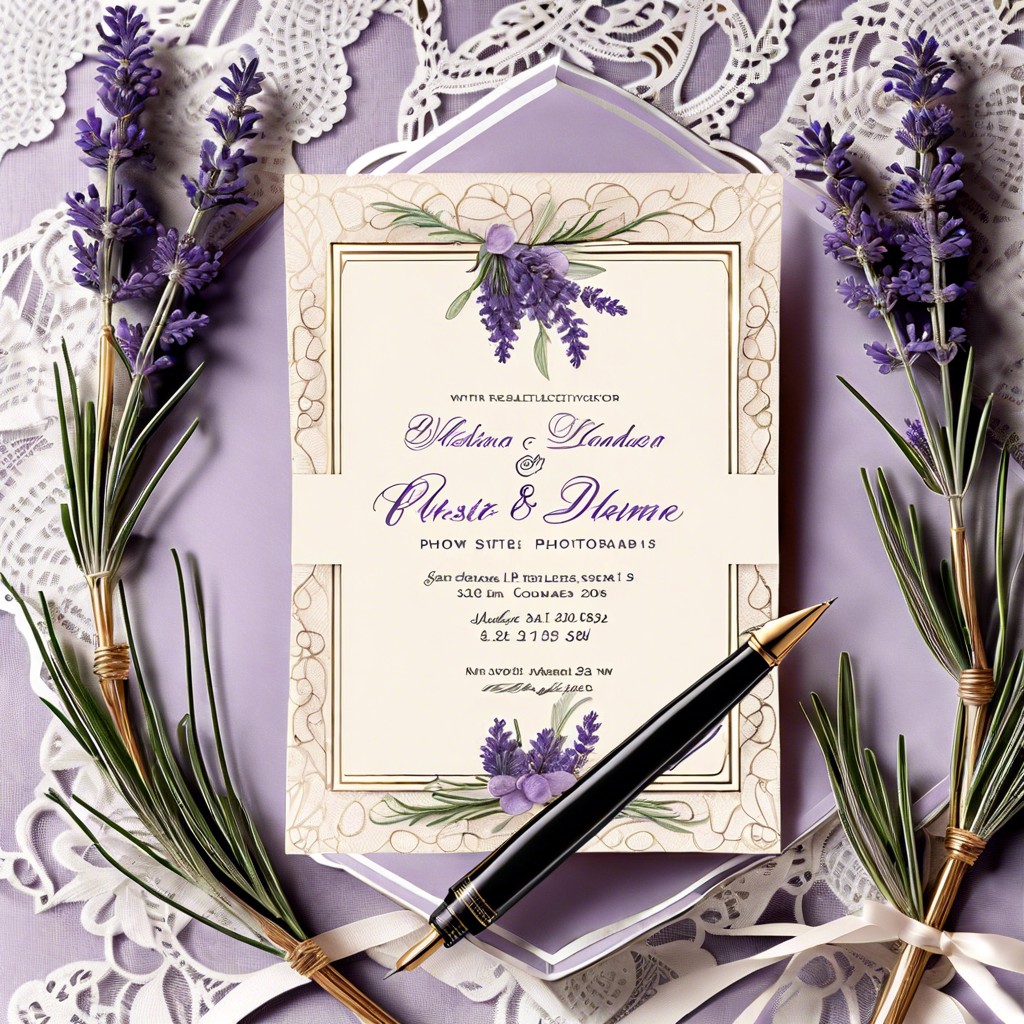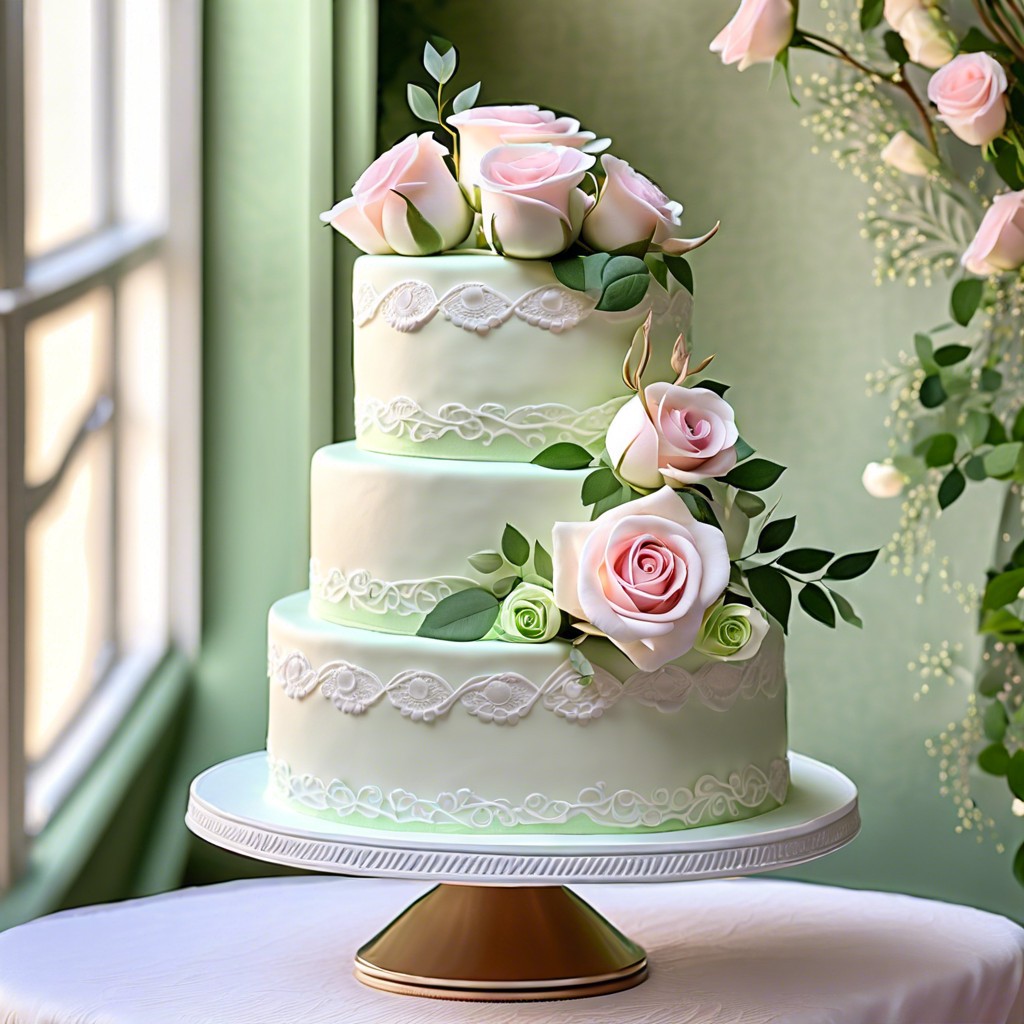Learn the optimal timing for sending out save-the-date cards to ensure your guests can mark their calendars for your special day.
Key takeaways:
- Send save-the-dates 6-8 months before the wedding
- Consider sending earlier for travel-heavy seasons or destination weddings
- Order save-the-dates 9-12 months in advance to have time for design and proofreading
- Send save-the-dates to all potential invitees, especially for destination weddings
- Include full names, wedding date, location, and mention of a formal invitation on the save-the-date cards
The Timeline: When to Send Save the Dates?

For most weddings, the ideal time to mail save-the-dates is about six to eight months prior to the ceremony. This window gives your guests ample time to block out the date and arrange travel and accommodations, especially if you’re planning a destination wedding or marrying during peak travel times such as holiday weekends.
If your wedding date falls during a travel-heavy season or you’re inviting a lot of out-of-town guests, consider sending them even earlier—around nine to twelve months in advance. This early notice can be a big help for your guests to plan better and possibly snag early bird rates on travel.
For local weddings, where guests do not need to make significant travel arrangements, four to six months before the big day can suffice. This timing helps keep your wedding on their minds but doesn’t require such advance planning.
Lastly, if you’re throwing a last-minute wedding, aim to send these no later than three months before the date. This still provides guests a decent heads-up to make arrangements as needed.
When to Order Save the Dates: 6 to 12 Months Before the Wedding
Planning ahead is key, and ideally, you should begin shopping for save-the-dates about nine to twelve months before your big day. This gives you ample time to explore designs, compare prices, and maybe even snag a discount during a sale.
Ordering early also means you’re not rushed. You can take your time to proofread your cards and make sure the dates, names, and details are correct without the pressure of a ticking clock. Additionally, if you’re considering custom designs or adding personal touches like your engagement photos, extra lead time can be a lifesaver.
This window also accommodates any delays you might face, whether in printing, shipping, or unexpected revisions. Remember, the last thing you want is to feel stressed over something that can be managed with a little forward planning.
So mark your calendar and set a reminder. Getting this task out of the way early lets you focus on the many other details that require your attention as your wedding day approaches.
Who Receives a Save-the-Date?
Consider every guest you plan to invite to the wedding. This includes close family, friends, and essential colleagues. However, be especially attentive if you’re hosting a destination wedding or marrying on a popular holiday. In these cases, all potential guests should receive a save-the-date to arrange travel plans. Additionally, sending them to everyone you definitely want to attend helps avoid any awkward situations later, particularly if someone doesn’t make the final invite list. Double-check addresses before sending to minimize errors and make sure your invitations find their right destinations.
What to Include On a Save the Date Card
Firstly, ensure the card clearly states both partners’ full names. It’s essential so guests know exactly whose wedding they’ll be celebrating. Next, include the date of your wedding. If you’ve decided on a specific location, add this too—it helps guests plan for travel. Lastly, a note mentioning that a formal invitation will follow is a helpful nod to keep an eye on the mailbox. Remember, simplicity is key; the goal is to inform and excite your guests about the upcoming celebration.
How to Address Save the Date Cards
Addressing save the date cards correctly sets a respectful and professional tone for your upcoming wedding. Here’s how to do it right:
For single guests, include their full name on the envelope. If you’re aware of a significant other, add “and Guest.”
Married couples should be addressed jointly as “Mr. and Mrs. Smith” or by including both of their full names.
For same-sex couples, follow the same format as for other married couples, arranging the names in alphabetical order by last name if they do not share a surname.
For families, the outer envelope can simply be addressed to “The Smith Family,” while the inner envelope can list the parents’ titles and names on the first line and the children’s first names on the line below.
In all cases, use formal titles like “Mr.,” “Mrs.,” “Ms.” or “Dr.” unless you know for certain the guest prefers a less formal approach.
Always double-check for correct spellings and titles to avoid any awkward mistakes.



